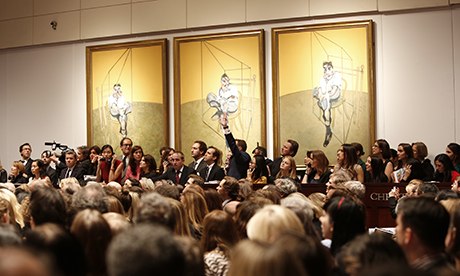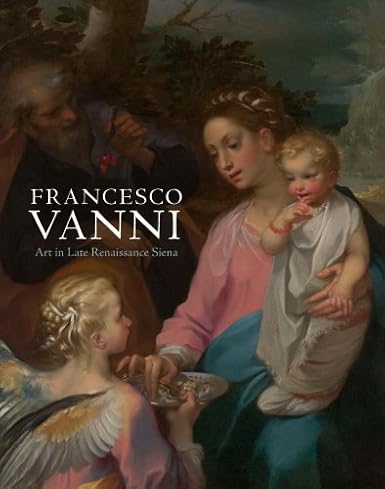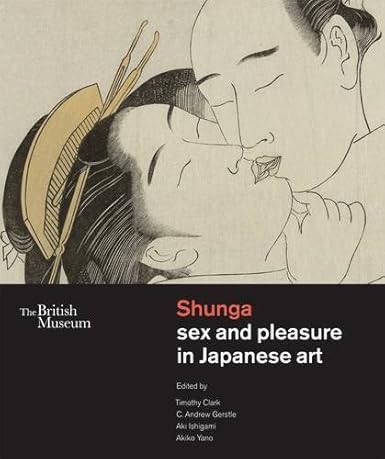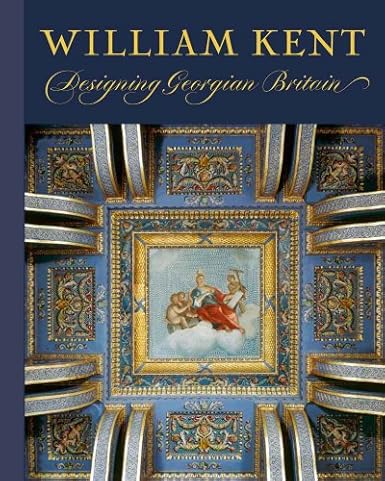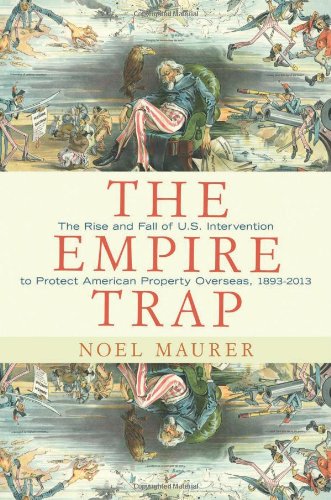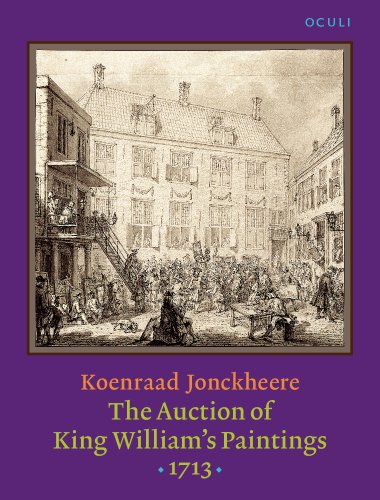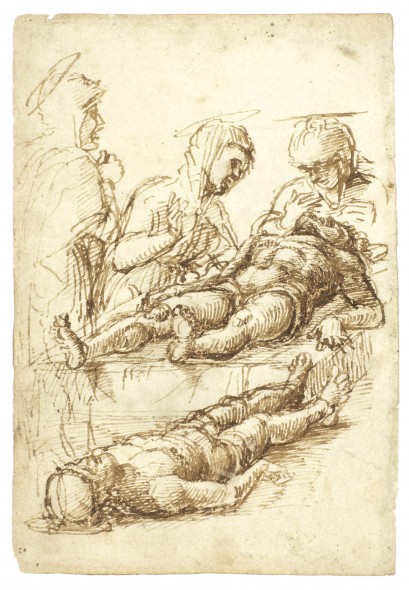 |
| Picture: Amazon |
Books on social and cultural aspects of Renaissance painting often suffer from a lack of attention to (or even interest in) the paintings themselves. O'Malley's study benefits from sensitive and perceptive analysis of paintings produced by four major Florentine workshops, led by Perugino, Filippino Lippi, Botticelli and Ghirlandaio. Her conclusions about their diverse workshop practices are perceptive and interesting. The problem with the topic is inevitably the dearth of surviving evidence and parts of the book are excessively speculative, particularly on economic questions, but there are lots of suggestive lines of thought here. Unfortunately you have to cut through a lot of rather obvious generalisations to get at the nuggets.
Most interesting to me is the analysis of the different ways that successful artists managed demands on their time. She really conveys the sheer busyness of successful artists. Perugino was working on six major altarpieces and a fresco cycle in 1499 alone - in addition to planning an altarpiece for a confraternity and the ongoing production of smaller pictures for private clients and for the market. He economised on design, re-using elements of other pictures and repeating some compositions almost exactly. On the other hand Botticelli sometimes lavished considerable attention on the design of even low-value commissions in faraway places, but then economised on production, which he left to assistants. The striking image of the Pentacost in Birmingham, for example, is inventive and original despite its destination in a remote town outside Florence, but its execution is weak. It is dreadfully damaged, but it seems never to have been of particularly high painterly quality. At some level I knew that about the oeuvre of Perugino and of Botticelli, but O'Malley draws out the implications in an engaging analysis.
O'Malley concludes that Perugino's extensive re-use of motifs must have been driven by time rather than money, because he charged more than other artists but was busier. But that's a spurious distinction; we're all familiar with the trade-off between time and money. He could have charged higher prices, lost some commissions, and spent more time on others. Perhaps Perugino was greedy, or perhaps he was just less interested in innovation than we imagine a Renaissance artist ought to have been. We'll never know for sure, but O'Malley's failure to recognise the trade-off highlights this book's biggest weakness, which is its treatment of economic questions. A footnote tells us that Adam Smith's idea of the free market can be found in Wealth of Nations and then references a book about the Italian art market for a definition of neoclassical economics - the worst example of art-historical naval-gazing I've seen. Couldn't she have read some economics directly? And does she even need to invoke such a banality in this context?
The weakest chapter is on 'value systems'. O'Malley asserts that "the Renaissance economic system was rooted in scholastic thought" (p. 106), but she doesn't explain how ideas and material interests interact (note the elision of scholastic thought and Renaissance economic system). References are to other art historians rather than to economic historians or economists, and the intellectual foundation of the argument is lacking. Telling us that patrons in an artist's home town would seek (and sometimes obtain, albeit on rather ungenerous terms) a favourable price tells us nothing specific about economic practices in the Renaissance. People have always sought favourable terms from personal connections. There is still useful information here, particularly in tracking divergence between price and quality, which O'Malley analyses adroitly with perceptive assessment of artistic quality. But she is a better art historian than economist.
Renaissance commissions were designed after the price was agreed, meaning that an innovative design was not directly a means of making more money. O'Malley suggests that the process might have worked the other way around - more attention would be paid to the design of works for which a high price was agreed (p. 176). It's an interesting idea, although elsewhere she notes the importance of establishing a reputation for innovative design, writing that "demand was, above all, based on a painter's reputation" (p. 213), which was achieved through personal approach to iconograpy, personal methods of craftsmanship and the support of prestigious clients (a function of the first two points).
Indeed you could say that reputation is itself merely a function of perceived skill in design and execution rather than supreme, and I found the trope of reputation to be of limited explanatory value. O'Malley's whole quality-reputation-demand schema is rather trite; it's obvious that high quality helps establish a high reputation, which creates high demand. Fortunately her specific observations are often apposite, once you cut through the attempts at generalising and theorising.
This book is sometimes too narrow and sometimes too trite, but it bursts with interesting ideas and insights and sets off many different trains of thoughts. It's clear that the next generation did value innovation, leaving Perugino perplexed that his repetitive designs were disfavoured against Raphael's novelties. The High Renaissance triumvirate of Raphael, Leonardo and Michelangelo were obsessed by innovation, to the extent that Leonardo and Michelangelo often failed to finish one thing before racing off to the next. John Shearman describes it as an increasing investment in research and development. O'Malley's book is an interesting attempt to understand the balance between R&D and the production line in the previous generation.Indeed you could say that reputation is itself merely a function of perceived skill in design and execution rather than supreme, and I found the trope of reputation to be of limited explanatory value. O'Malley's whole quality-reputation-demand schema is rather trite; it's obvious that high quality helps establish a high reputation, which creates high demand. Fortunately her specific observations are often apposite, once you cut through the attempts at generalising and theorising.
